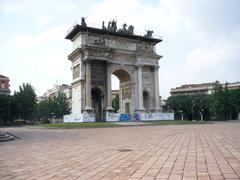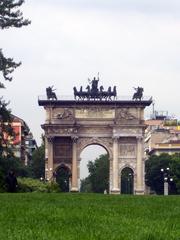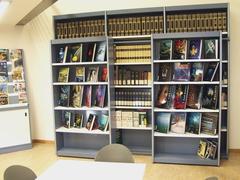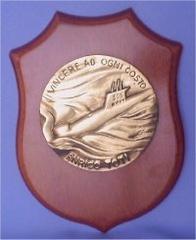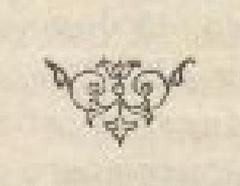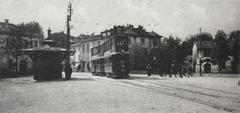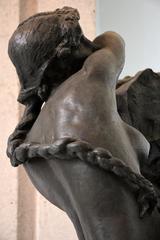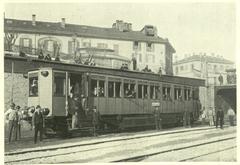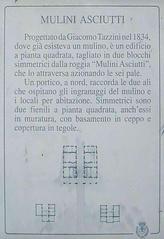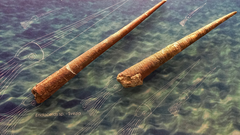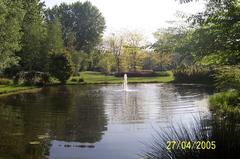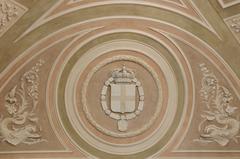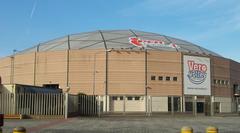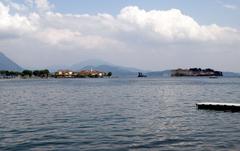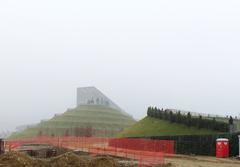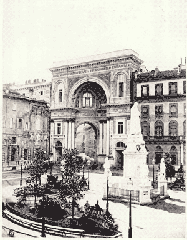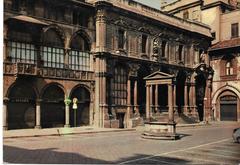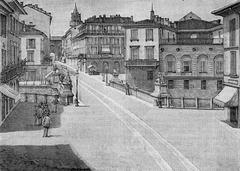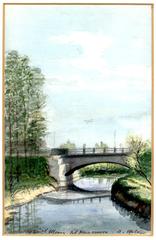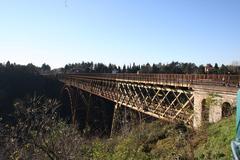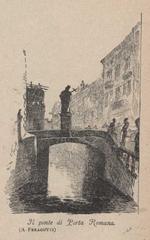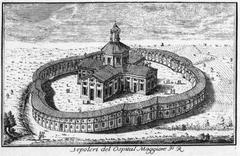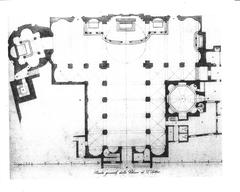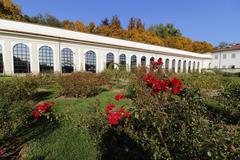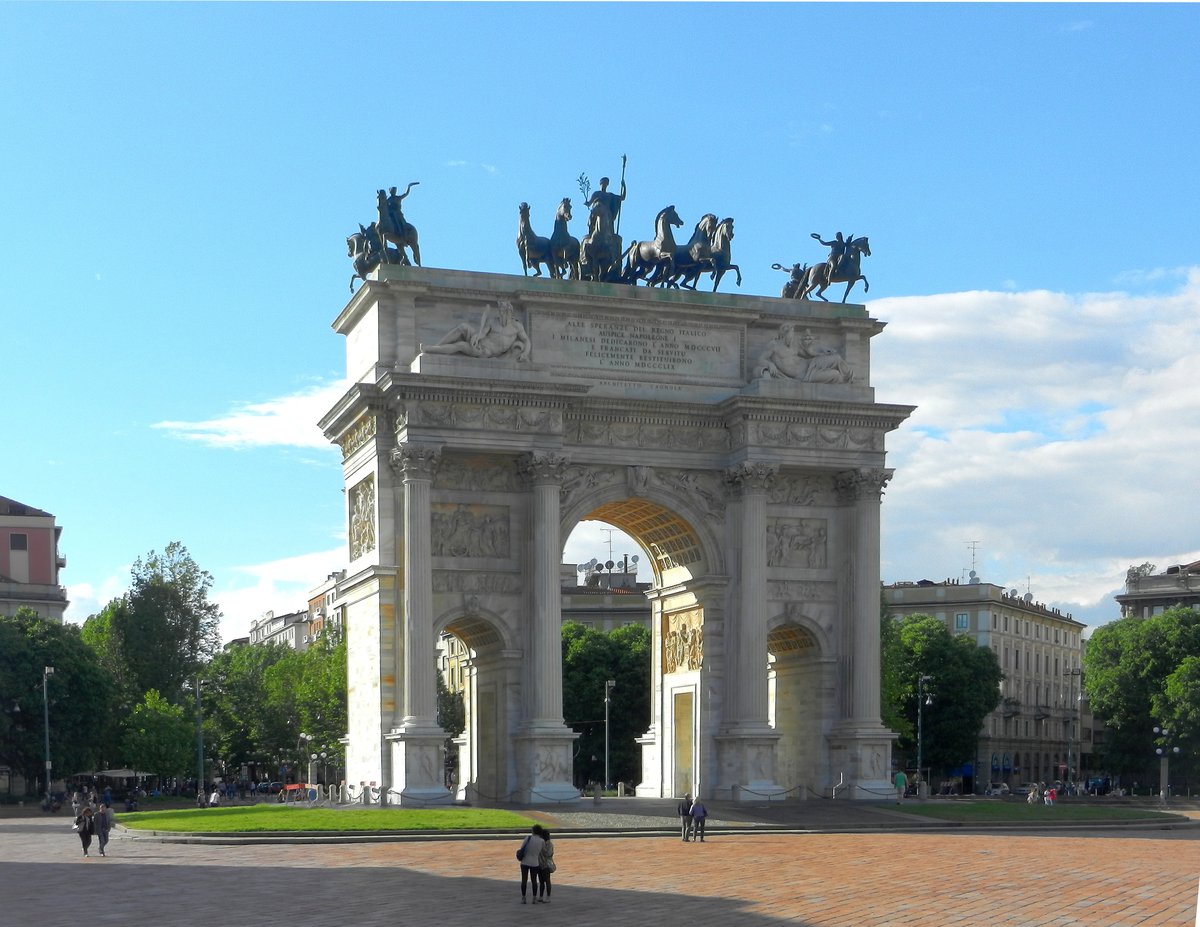
Guide to Visiting Arco della Pace in Monza, Italy
Publication Date: 17/07/2024
Introduction to Arco della Pace
Contents
- Introduction
- Origins and Early Conception
- Construction and Design
- Symbolism and Inscriptions
- Historical Events and Significance
- Visiting the Arco della Pace
- Ticket Information
- Visiting Hours
- Travel Tips
- Modern-Day Relevance
- Restoration and Preservation
- Practical Information for Visitors
- Location
- Opening Hours
- Admission
- Guided Tours
- Accessibility
- Nearby Attractions
- Photography Tips
- Local Cuisine
- Safety Tips
- Language and Communication
- Souvenirs and Shopping
- Environmental Considerations
- Emergency Contacts
- Frequently Asked Questions (FAQ)
- Conclusion
Discover the Arco della Pace in Monza - History, Visiting Hours, and Travel Tips
Origins and Early Conception
The Arco della Pace, or Arch of Peace, in Monza, Italy, is a monumental structure with a rich historical background. Its origins date back to the early 19th century, during the Napoleonic era. The arch was initially conceived as a symbol of peace and triumph, reflecting the political and social aspirations of the time. In 1807, the French architect Luigi Cagnola proposed the idea for the arch, envisioning it as a grand entrance to the city, celebrating the victories of Napoleon Bonaparte.
Construction and Design
Construction of the Arco della Pace began in 1807 under Luigi Cagnola’s direction. The design heavily draws from classical Roman architecture, featuring Corinthian columns and intricate bas-reliefs. Standing at approximately 25 meters high, the arch is made of white marble from the quarries of Crevola d’Ossola. Adorned with various sculptures and inscriptions, each element symbolizes different aspects of peace and victory.
The construction process faced interruptions due to political upheavals and financial constraints. After Napoleon’s fall in 1814, the project was temporarily halted. Construction resumed in 1826 under the Austrian Empire and was finally completed in 1838 during Emperor Ferdinand I of Austria’s reign.
Symbolism and Inscriptions
The Arco della Pace is rich in symbolism, with various elements representing peace, victory, and unity. The central bas-relief depicts the allegory of Peace holding an olive branch and a torch, symbolizing enlightenment and harmony. Latin inscriptions celebrate the victories of the Austrian Empire and the establishment of peace in Europe. Notably, one inscription reads: “Paci Populorum Sospitae,” translating to “To the Peace of the Nations,” reflecting the broader European context and the desire for lasting peace following the Napoleonic Wars.
Historical Events and Significance
Throughout its history, the Arco della Pace has witnessed numerous significant events. During the Italian unification in the mid-19th century, the arch became a symbol of national pride and unity, serving as a focal point for various celebrations and public gatherings. In the 20th century, the arch continued to play a significant role in Monza’s cultural and social life. Despite suffering minor damages during World War II, it was restored to its former glory. Today, the Arco della Pace stands as a testament to the resilience and enduring spirit of the people of Monza.
Visiting the Arco della Pace
For those planning to visit, the Arco della Pace is located in the Parco Sempione, a large public park in Monza. The arch is easily accessible by public transportation, with several bus and tram lines stopping nearby. Visitors can also enjoy a leisurely stroll through the park, which offers beautiful landscapes and recreational facilities.
Ticket Information
While entry to the park and viewing the Arco della Pace is free, guided tours may have associated costs. Check for any special events or exhibitions that may require tickets, often available at the Civic Museums of Monza or online through their official website.
Visiting Hours
The Arco della Pace is accessible year-round, with the best time to visit during the spring and summer months when the weather is pleasant, and the park is in full bloom. The park usually opens from early morning until late evening, but it is recommended to check local timings before planning your visit.
Travel Tips
- Accessibility: The park and the area around the arch are wheelchair accessible, though certain areas might have uneven terrain.
- Nearby Attractions: Explore the nearby Civic Museums of Monza for further insights into the region’s rich cultural heritage.
- Photography: The arch provides a picturesque backdrop for photos, especially during sunrise and sunset.
- Guided Tours: Consider taking a guided tour to learn more about the history and significance of the Arco della Pace. These tours are available in multiple languages.
Modern-Day Relevance
In contemporary times, the Arco della Pace continues to hold a special place in the hearts of Monza’s people. It serves as a venue for various cultural events, including concerts, exhibitions, and public ceremonies, and is a popular photography spot. The arch symbolizes the enduring values of peace and unity, standing as a reminder of the past while inspiring hope for a future built on harmony and cooperation.
Restoration and Preservation
Over the years, the Arco della Pace has undergone several restoration projects to preserve its historical and architectural integrity. The most recent restoration occurred in the early 2000s, focusing on cleaning the marble surfaces and repairing structural damages. Supported by public and private funds, these efforts highlight the arch’s importance as a cultural heritage site. The Italian Ministry of Cultural Heritage and Activities oversees the preservation of the Arco della Pace, ensuring it remains a symbol of peace and history for future generations.
Practical Information for Visitors
- Location: The Arco della Pace is located in the Parco Sempione area of Monza, easily accessible by public transportation and within walking distance from the city center.
- Opening Hours: The site is open to visitors year-round, with extended hours during the summer months. Check the official website for the most up-to-date information on opening hours and any special events or closures.
- Admission: There is no admission fee to visit the Arco della Pace, making it an affordable and accessible attraction for all visitors.
- Guided Tours: Guided tours are available for those interested in learning more about the history and significance of the arch. These tours are conducted by knowledgeable guides and provide in-depth insights into the monument’s background and cultural importance.
- Accessibility: The site is wheelchair accessible, with ramps and pathways designed to accommodate visitors with mobility challenges.
Photography Tips
The Arco della Pace is a popular spot for photography, especially during the golden hours of sunrise and sunset when the light casts a warm glow on the monument. For the best shots, consider using a wide-angle lens to capture the full grandeur of the arch. The surrounding area offers various vantage points, including nearby cafes and elevated spots, for unique perspectives.
Local Cuisine
After exploring the Arco della Pace, indulge in some local cuisine at nearby restaurants and cafes. Monza offers a variety of dining options, from traditional Italian trattorias to modern eateries. Don’t miss the chance to try local specialties such as risotto alla monzese, a saffron-infused risotto with sausage, and the famous panettone, a sweet bread loaf traditionally enjoyed during the holiday season.
Safety Tips
Monza is generally a safe city for tourists, but it’s always wise to take standard precautions. Keep an eye on your belongings, especially in crowded areas, and be aware of your surroundings. If you are visiting the Arco della Pace at night, stick to well-lit areas and avoid walking alone in secluded spots.
Language and Communication
While Italian is the primary language spoken in Monza, many locals, especially those in the tourism industry, speak English. Learning a few basic Italian phrases can enhance your experience and help you connect with the locals. Phrases such as “Buongiorno” (Good morning), “Per favore” (Please), and “Grazie” (Thank you) are always appreciated.
Souvenirs and Shopping
Environmental Considerations
As a responsible tourist, it’s important to respect the environment and cultural heritage of Monza. Avoid littering and use designated trash bins. If you are visiting the park areas around the Arco della Pace, stick to marked paths to protect the natural landscape. Additionally, consider using public transportation or walking to reduce your carbon footprint.
Emergency Contacts
In case of emergencies, it’s essential to know the local emergency contact numbers. In Italy, the general emergency number is 112, which connects you to police, medical, and fire services. Additionally, keep the contact information of your country’s embassy or consulate in Italy handy for any assistance you may need.
Frequently Asked Questions (FAQ)
- What are the visiting hours for the Arco della Pace? The park is usually open from early morning until late evening, but it is recommended to check local timings before planning your visit.
- How much are the tickets to the Arco della Pace? Entry to the park and viewing the Arco della Pace is free. However, guided tours and special events may have associated costs.
- Is the Arco della Pace wheelchair accessible? Yes, the park and the area around the arch are wheelchair accessible, although certain areas might have uneven terrain.
- What are some nearby attractions? Besides the Arco della Pace, visitors can explore the nearby Civic Museums of Monza for more cultural insights.
- Are guided tours available? Yes, guided tours are available in multiple languages and can provide in-depth information about the history and significance of the Arco della Pace.
Conclusion
The Arco della Pace is a remarkable historical monument that embodies the spirit of peace and unity. Its rich history, architectural beauty, and cultural significance make it a must-visit destination for anyone exploring Monza, Italy. Whether you’re a history enthusiast, an art lover, or simply looking for a picturesque spot to enjoy, the Arco della Pace promises a memorable and enriching experience.


